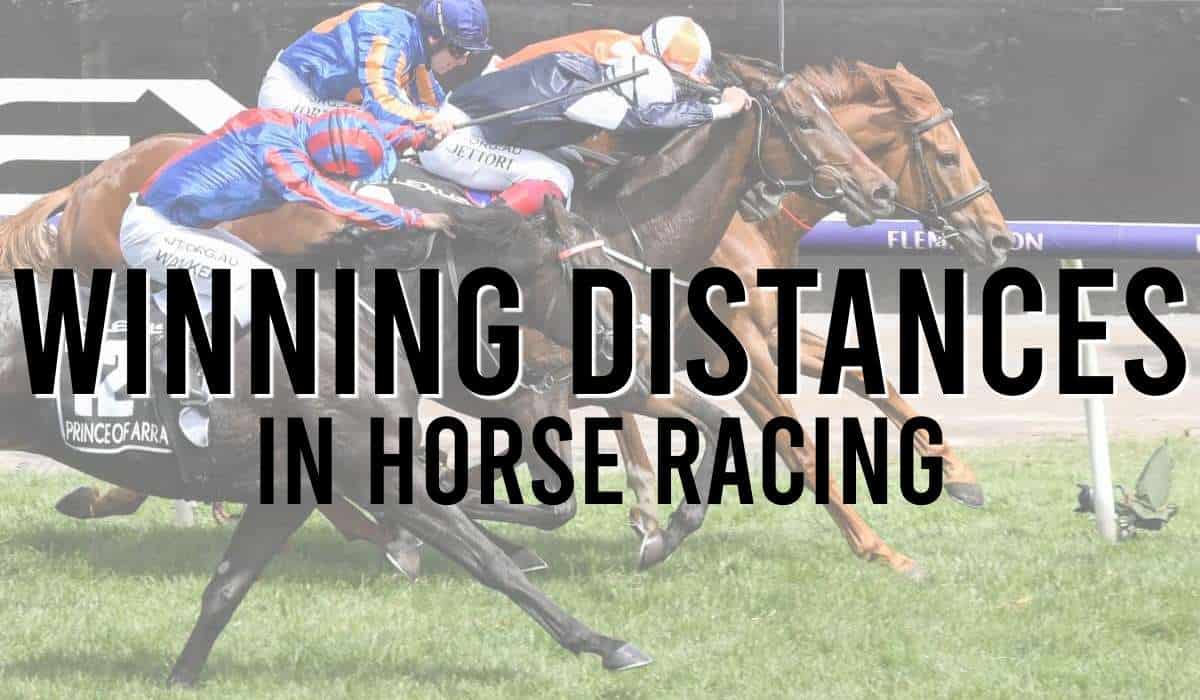Horse racing over hurdles is a key part of National Hunt racing.
Hurdles are made of brushwood and are a minimum of 3ft 6 inches high, a foot lower than chase fences and a lot more forgiving. Most National Hunt horses begin their education over hurdles before moving on to the higher obstacles.
There are also specialist hurdlers, many of them coming off the flat, who compete for the top prizes.
There are over 40 racecourses in the UK and Irish Racecourses that stage hurdle races. Check out the full hurdle jump racing meetings for 2024.
Find out more about hurdles races:
Contents
- 1 What is a Hurdle Race?
- 2 Novice Hurdles
- 3 Handicap Hurdles
- 4 Graded Hurdles
- 5 Famous Champion Hurdle winners
- 6 Famous Stayers’ Hurdle winners
- 7 Are Hurdlers Faster Than Steeplechasers?
- 8 What are the dimensions of a Hurdle?
- 9 Most Famous Hurdle Races
- 10 Summary of Hurdle Races
- 11 Similar British Racing Guides
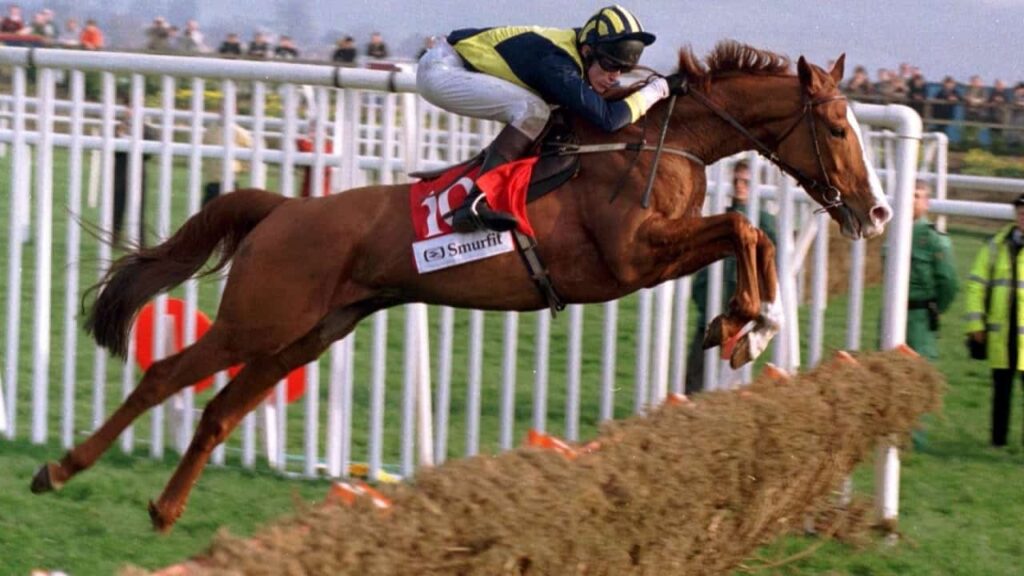
What is a Hurdle Race?
A Hurdle race is a horse race where the racehorses jump over obstacles called hurdles.
The hurdles are typically made of a series of panels made of brush and are flexible.
Hurdle races have a minimum of eight hurdles.
The distances of hurdle races can vary from 2m up to 4m for staying hurdle races.
Novice Hurdles
Horses have that yet to win any race over hurdles are eligible to run in novice hurdles. If they are successful, they remain a novice for the remainder of that season.
Juvenile hurdlers can start racing over hurdles from the age of three in the Autumn with championship races for the best four-year-olds at the spring festival meetings.
The top prizes for juvenile hurdlers are the Triumph Hurdle at Cheltenham, the Anniversary Novices’ Hurdle at Aintree and the Champion four-year-old Hurdle at Punchestown, all over two miles.
There are Grade 1 races for all-aged novices over a variety of distances, culminating in the Supreme Hurdle (two miles), Ballymore Novices’ Hurdle (two miles and five furlongs) and Albert Bartlett Novices’ Hurdle (three miles).
Handicap Hurdles
The official handicapper gives every horse in training an official form rating. These ratings are then converted to stones and pounds for handicap hurdles, theoretically giving every horse an equal chance of winning.
There are valuable handicap hurdles throughout the season in Great Britain and Ireland.
The Greatwood Hurdle at Cheltenham in November regularly attracts high-class performers who return for the valuable County Hurdle at the Cheltenham Festival.
Other notable two-mile handicap hurdles include The Betfair Hurdle (Newbury), Imperial Cup (Sandown) and the Ladbrokes Hurdle (Leopardstown).
The big staying hurdles at the Cheltenham Festival are the Coral Cup (two miles and five furlongs) and the Pertemps Hurdle Final (three miles).
The Betfair Hurdle is Europe’s richest handicap hurdle and was originally sponsored by Schweppes in 1963. Trainer Ryan Price targeted the valuable prize, winning it four times in the first five years. Two of those winners sparked controversy with Rosyth winning it for a second time after four unplaced efforts and 1967 winner Hill House testing positive for a banned substance. It was later discovered that the horse manufactured his own cortisol.
The three-mile Pertemps Handicap Hurdle final at Cheltenham is preceded by a series of qualifiers and is one of the most competitive races of the meeting. It can be a race for course specialists, none more so than Willie Wumpkins who showed moderate form elsewhere but came alive at the festival and won the race in 1979, 1980 and 1981. Remarkably, he was eleven years old before he won it for the first time, six years after he had won the novice hurdle at the same meeting!
Graded Hurdles
The best horses over hurdles can enter the most valuable races, Graded from 1 to 3 down to Listed races.
The Champion Hurdle at Cheltenham is the main Grade 1 race over two miles with trail races throughout the winter months. These include the Fighting Fifth Hurdle (Newcastle), The Christmas Hurdle (Kempton Park) and the International Hurdle (Cheltenham).
The Irish Champion Hurdle is another highly significant prize that also serves as a key trial for the Cheltenham race.
Other valuable two-mile hurdles in Ireland include the Punchestown Champion Hurdle and the Morgiana Hurdle.
The top staying prize for hurdlers is the Stayers’ Hurdle at Cheltenham, formerly known as the World Hurdle. Other top staying prizes include the Champion Stayers Hurdle at Punchestown, the Liverpool Hurdle at Aintree and the Long Distance Hurdle at Newbury.
Famous Champion Hurdle winners
There have been five three-time Champion Hurdle winners, the most recent being Istabraq (1998-2000). He was owned by JP McManus, trained by Aidan O’Brien and ridden by Charlie Swan. McManus has gone on to win the race a record nine times, including dual winner Buveur D’Air (2017, 2018).
The other three-time winners were Hatton’s Grace (1949-51), Sir Ken (1952-54), Persian War (1968-70) and See You Then (1985-87).
See You Then was brilliantly trained by Nicky Henderson, often nursing the horse’s fragile legs through one prep race to have him in top form for the big race. Henderson is now the leading trainer in the history of the Champion Hurdle with eight victories.
Hurdling enjoyed a golden age in the 1970’s and 1980’s, featuring some of the most memorable races in history. There were frequent clashes between Night Nurse, Monksfield and Sea Pigeon with each claiming two victories. Hurricane Fly won the race in 2011 and 2013, becoming the first horse in 38 years to regain the Champion Hurdle. He also won the Irish Champion Hurdle on a record five occasions.
Famous Stayers’ Hurdle winners
The outstanding staying hurdler in history is Big Buck’s who won four consecutive titles from 2009 to 2012. Paul Nicholls had originally trained him for a steeplechasing career but reverted to hurdles after he unseated his rider in the Hennessy Gold Cup. The horse never looked back and formed an unbeatable partnership with jockey Ruby Walsh, dominating the staying division for the next four seasons. Big Buck’s also won the Liverpool Hurdle four times, the Long Distance Hurdle four times and the Long Walk Hurdle on three occasions.
Inglis Drever was another popular stayer, winning the big race in 2005, 2007 and 2008. He was trained by Howard Johnson but was ridden by a different jockey each time he won at the Cheltenham Festival.
The French-trained Baracouda (2002 and 2003) and Fulke Walwyn’s Crimson Embers (1982 and 1986) were among other multiple winners.
Are Hurdlers Faster Than Steeplechasers?
Hurdlers tend to run at a faster pace than steeplechases as the height of the fence being jumped is much lower.
The top-rated hurdlers jump low to the fence so do not break their stride of running.
Racehorses generally are flat runners until the age of 5 years old before going on to jumping hurdles and then at around 8yo jump the higher fences of chasing.
What are the dimensions of a Hurdle?
Hurdles are a minimum of three and a half feet high.
In horse racing, the timber hurdles are to be not less than 3 feet 6 inches from the top bar to the bottom bar.
The angle of the hurdle is such that the top bar is 37 inches above the ground.
Each flight of timber hurdles must be at least 30 feet in width.
Most Famous Hurdle Races
The most famous hurdle races for horse racing are:
- Cheltenham Champion Hurdle
- The Stayers’ Hurdle
- Fighting Fifth Hurdle
- Christmas Hurdle
- Lartigue Hurdle
Summary of Hurdle Races
Hurdle races are a popular form of national hunt racing and the smaller of the obstacles jumped.
Many racehorses start their jumps racing careers over hurdles before progressing to chases. Others prefer to stay over the smaller obstacles and achieve huge popularity in the eye of the racing public.
We hope you enjoyed our guide, be sure to check out our blog for more horse racing topis.
Similar British Racing Guides
- Betting Slips

- Do Horses Enjoy Racing?
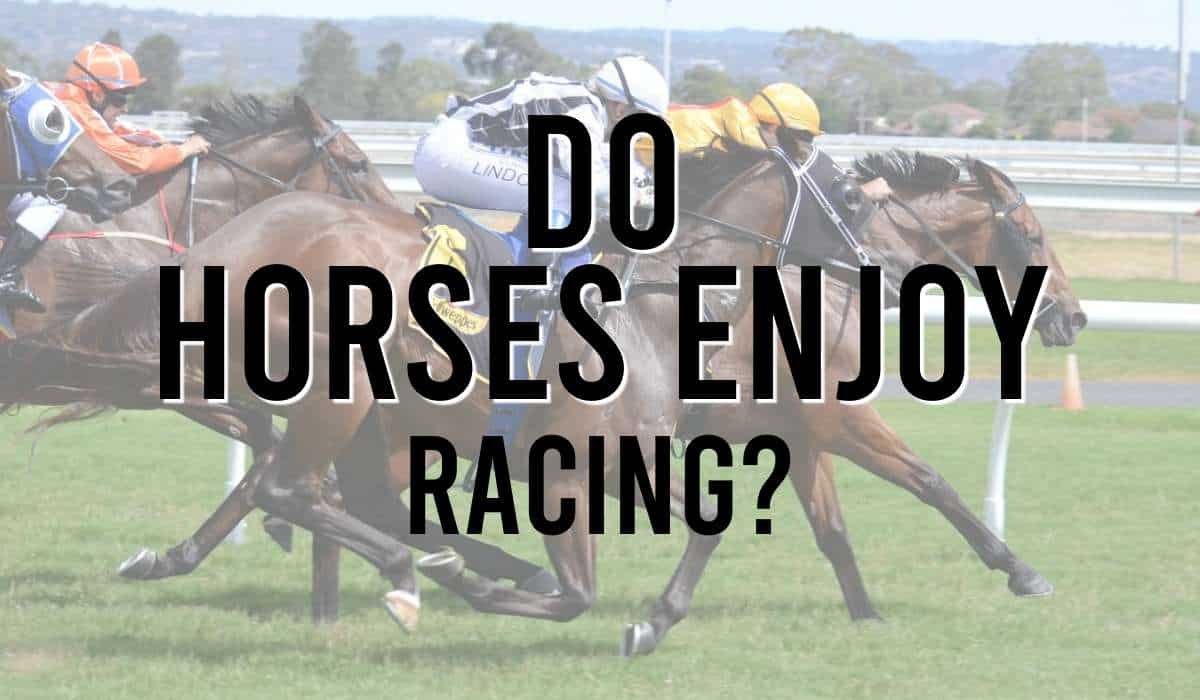
- Dresses For The Races
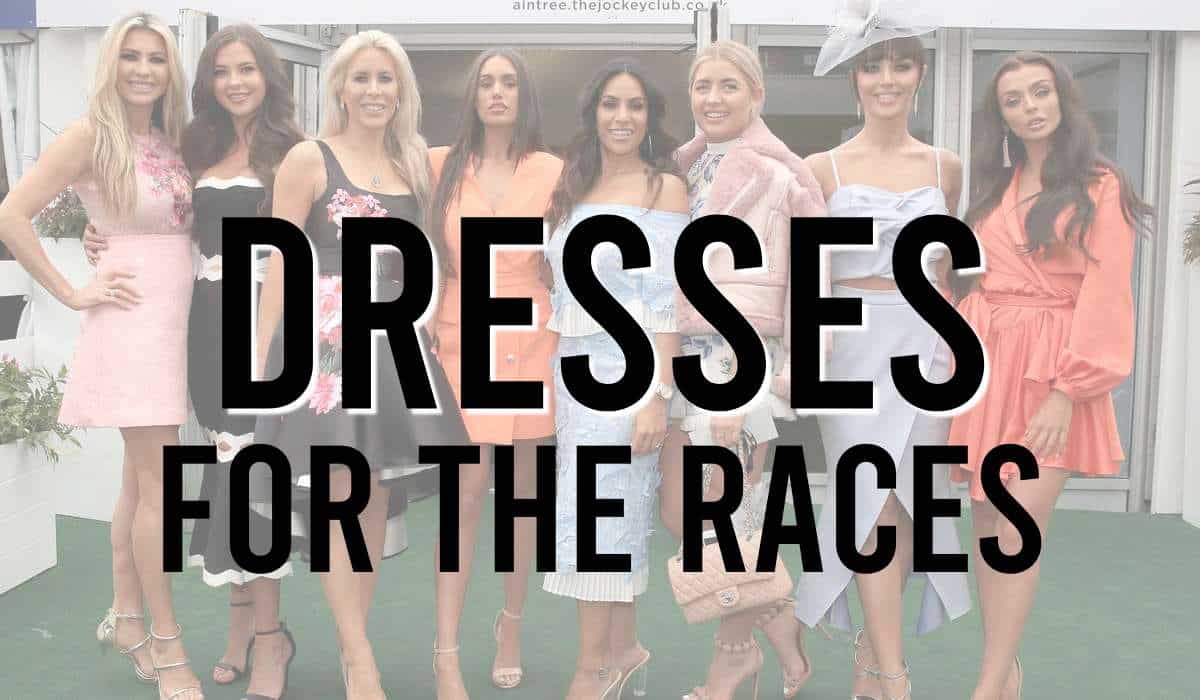
- Each Way Bet

- False Starts in Horse Racing
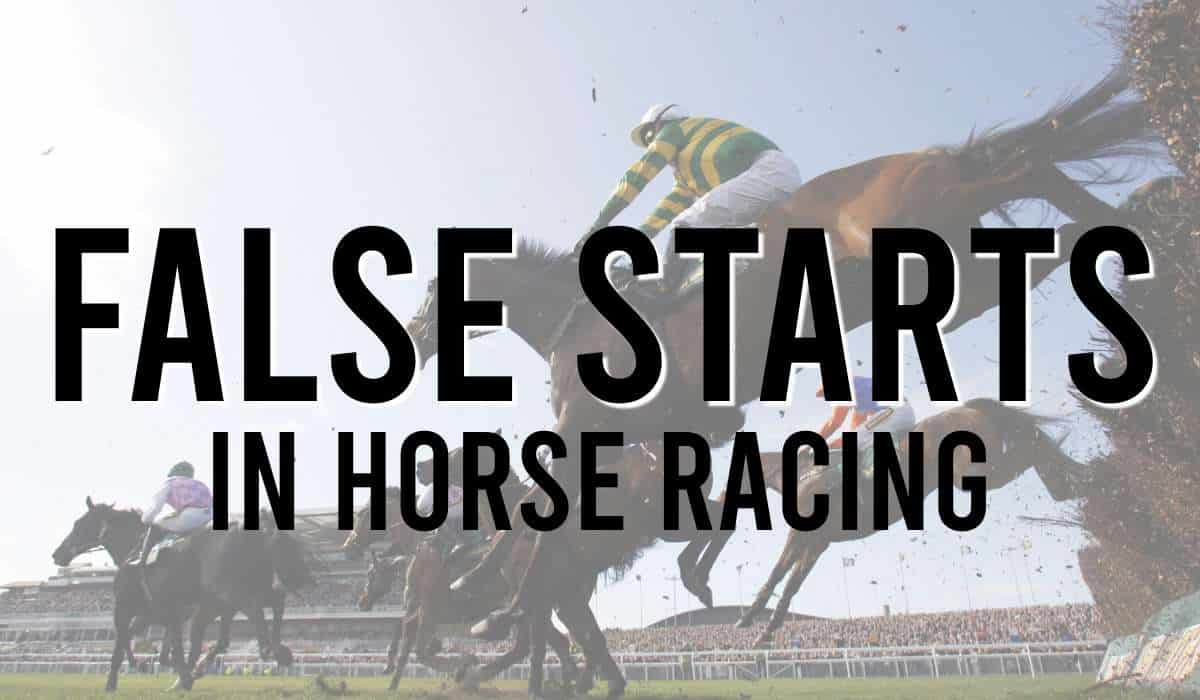
- German Horse Racing
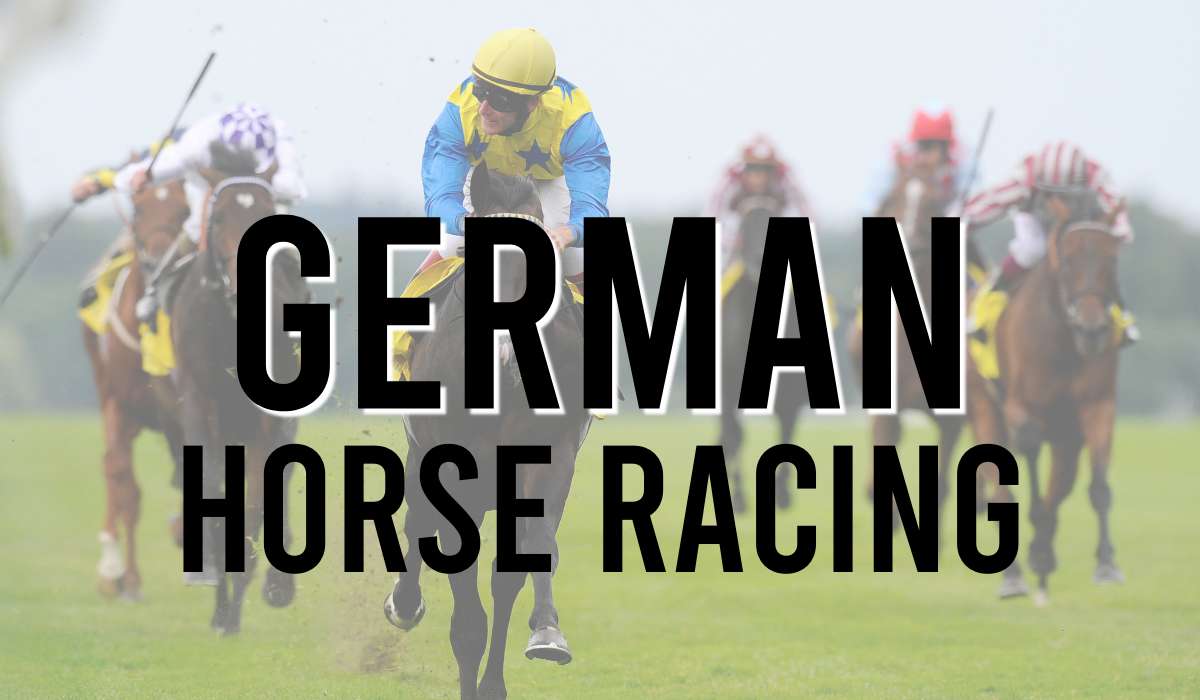
- Horse Racing Betting Terms
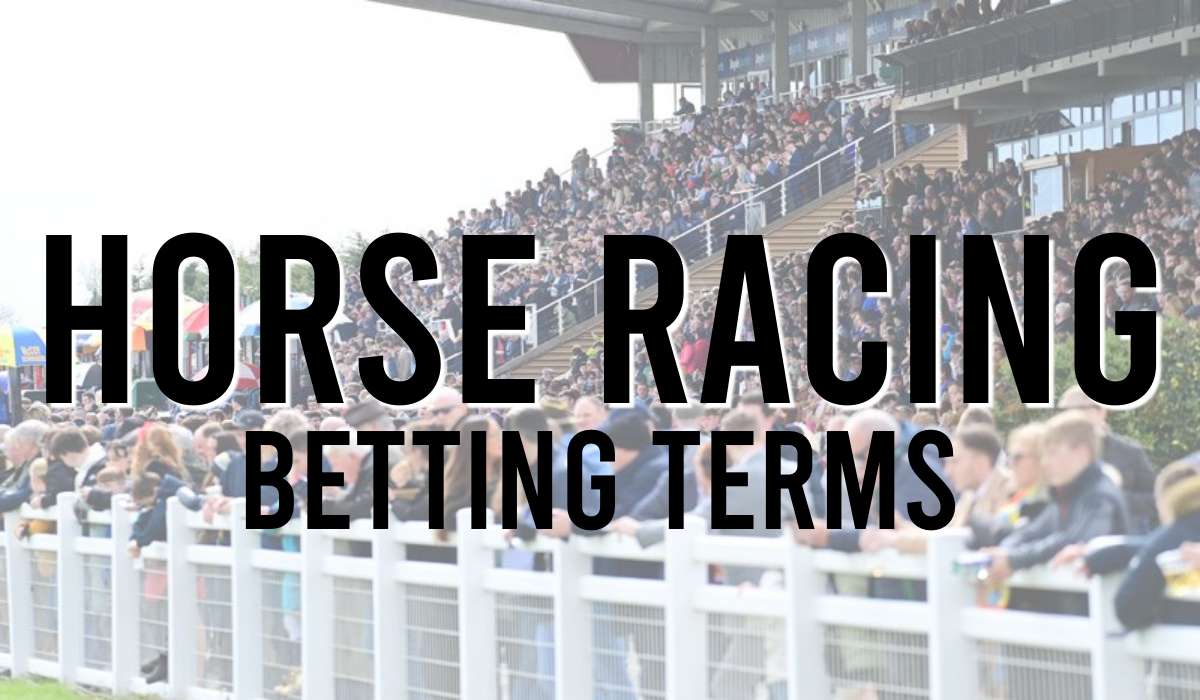
- Horse Racing Hurdles Guide
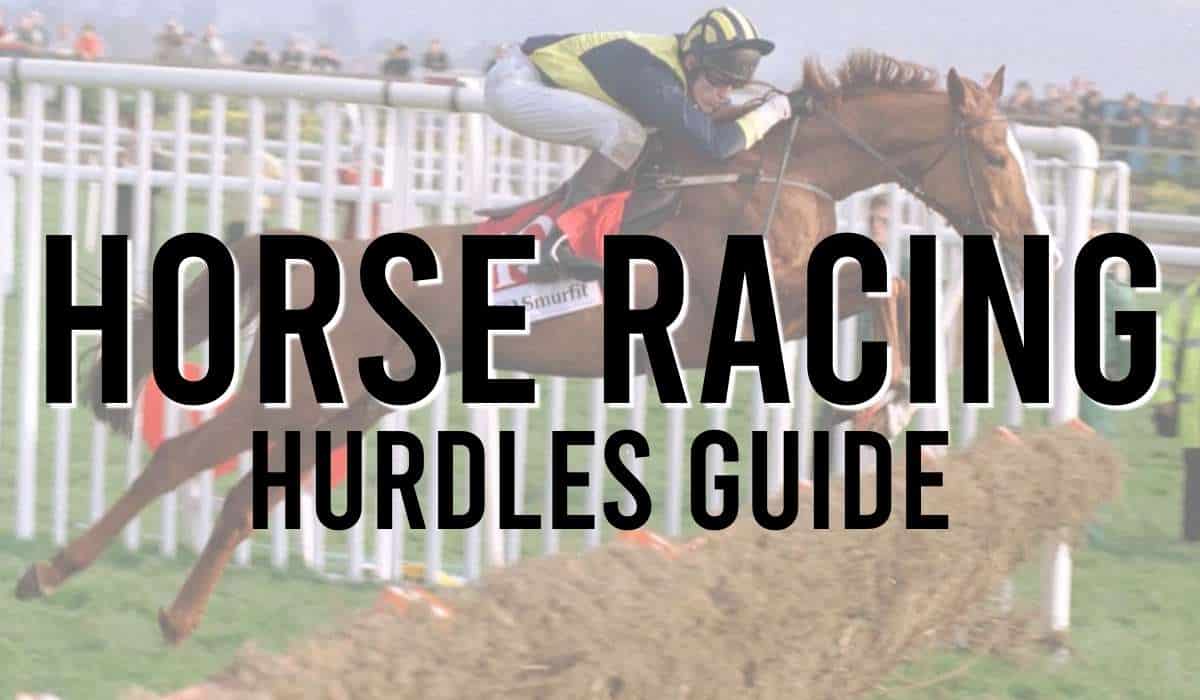
- Horse Racing Memes
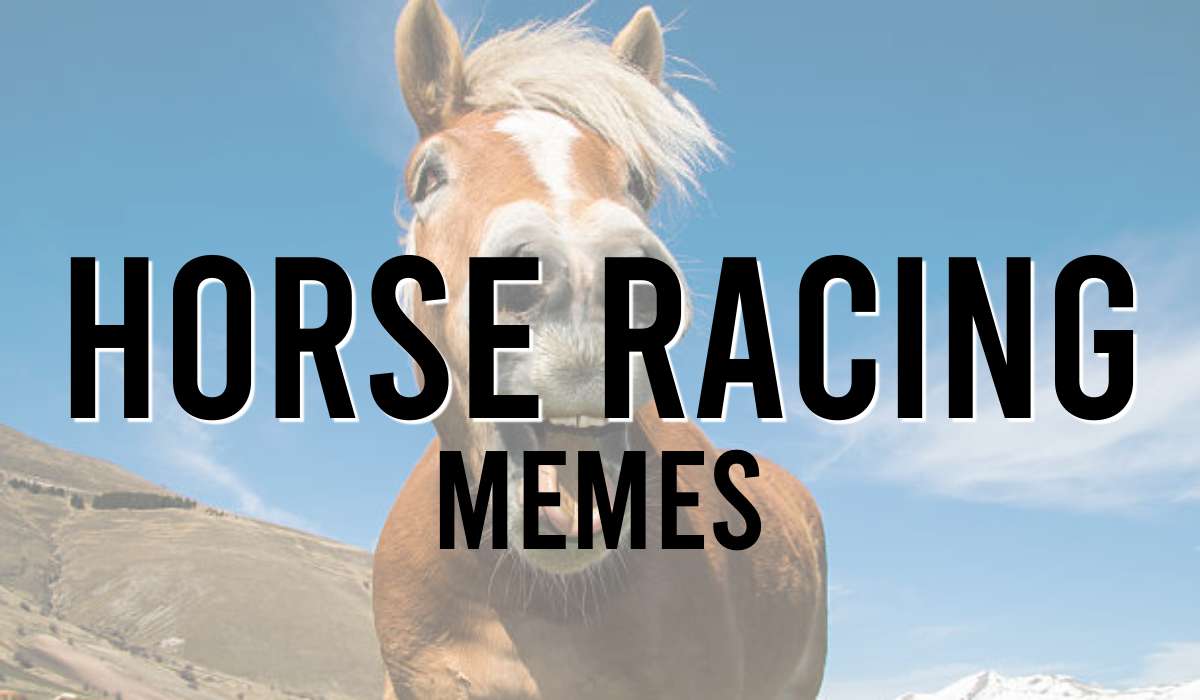
- Horse Racing Questions
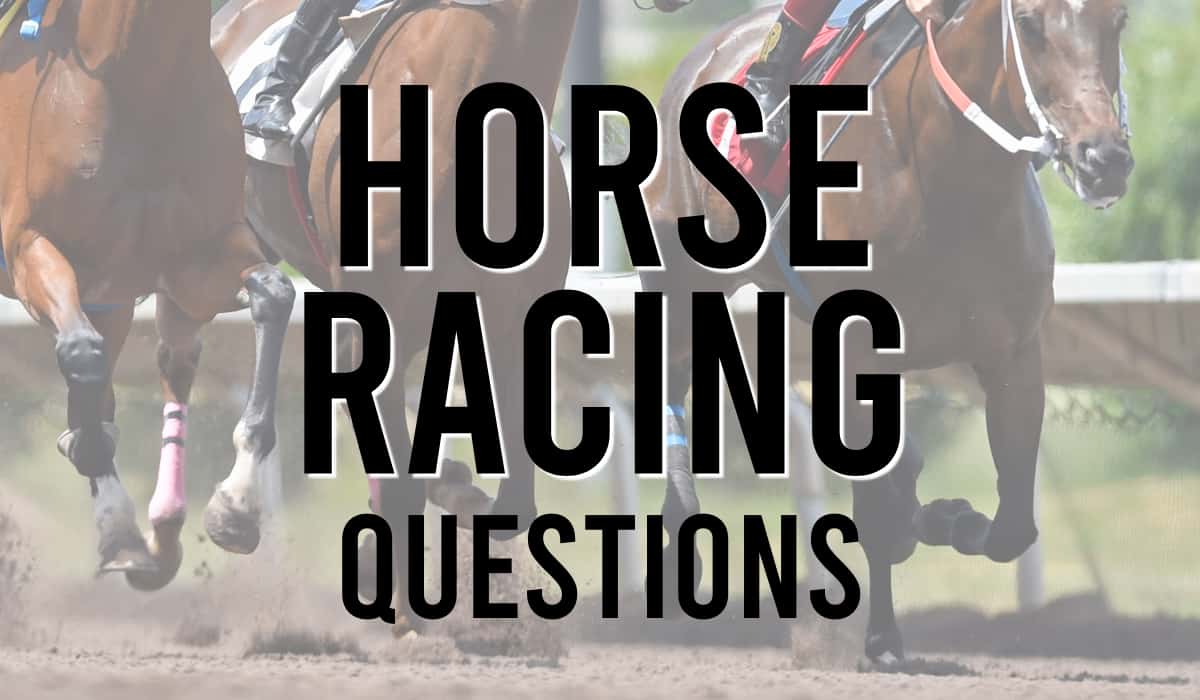
- How Long is a Horse Race?
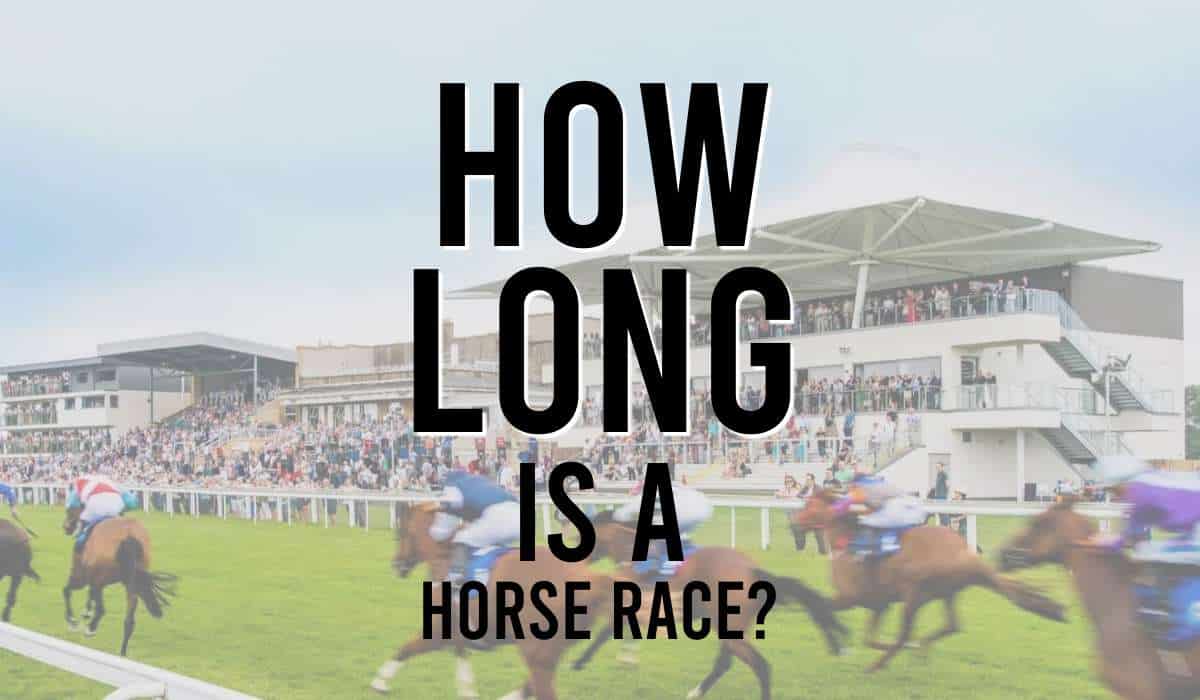
- How to Place a Bet

- Is Horse Racing Fixed?
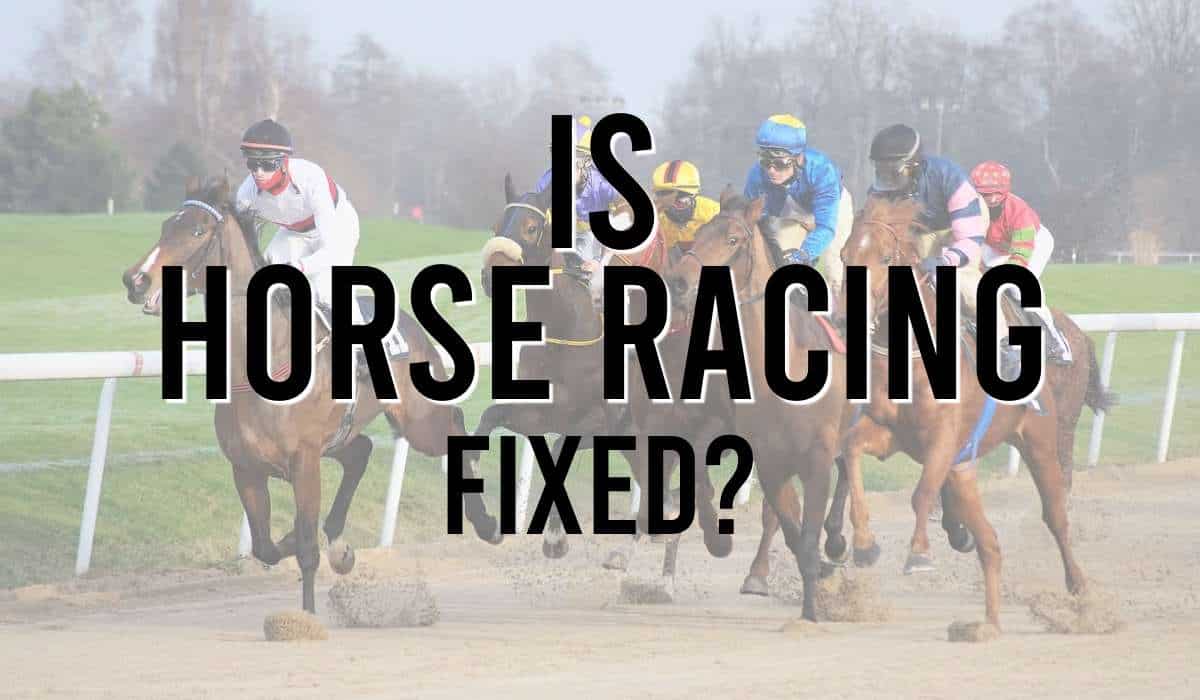
- Rule 4 Deductions
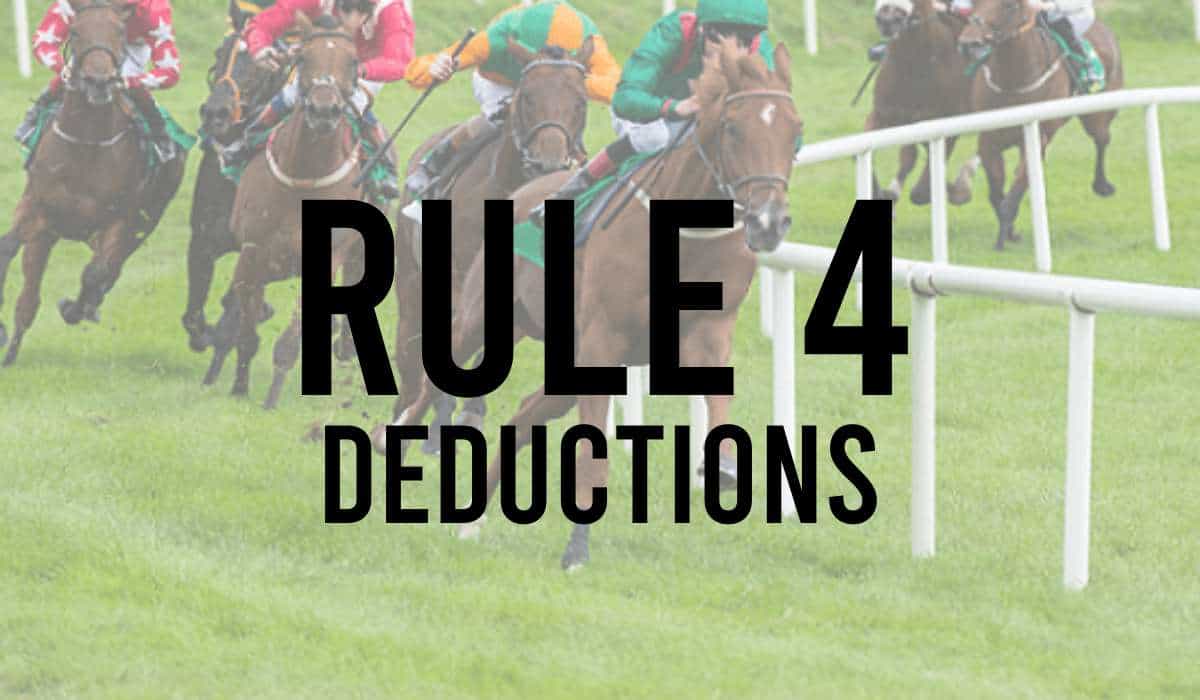
- SCR Horse Racing
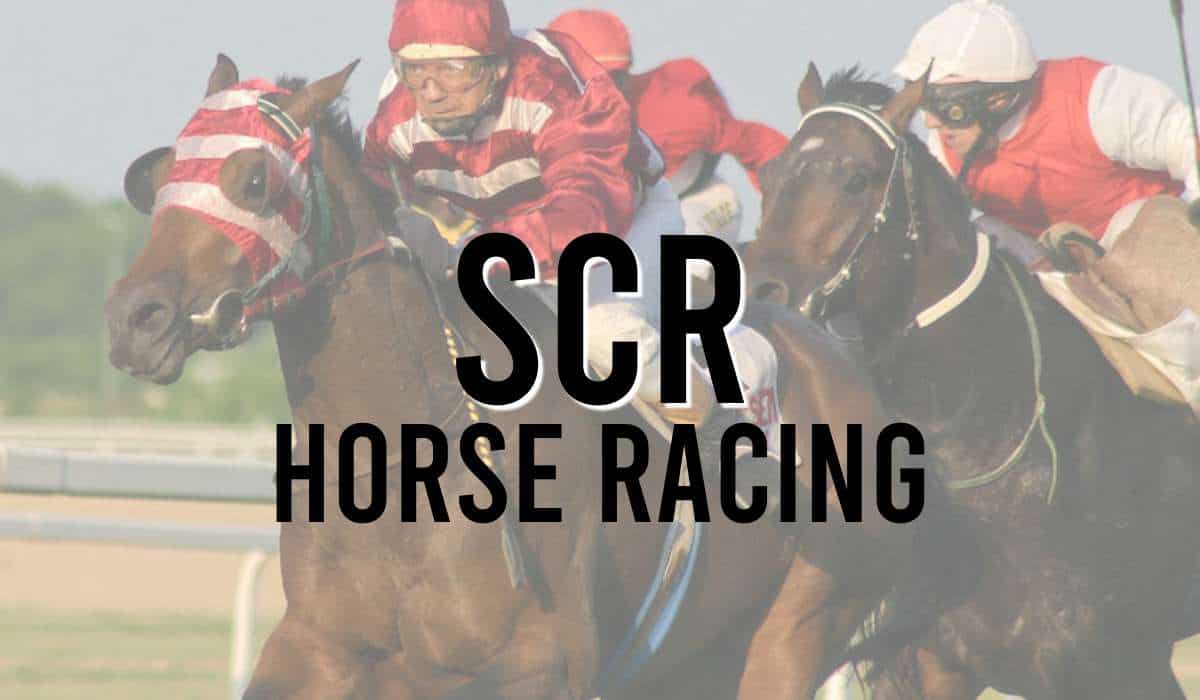
- Top Ten Racecourses in the United Kingdom
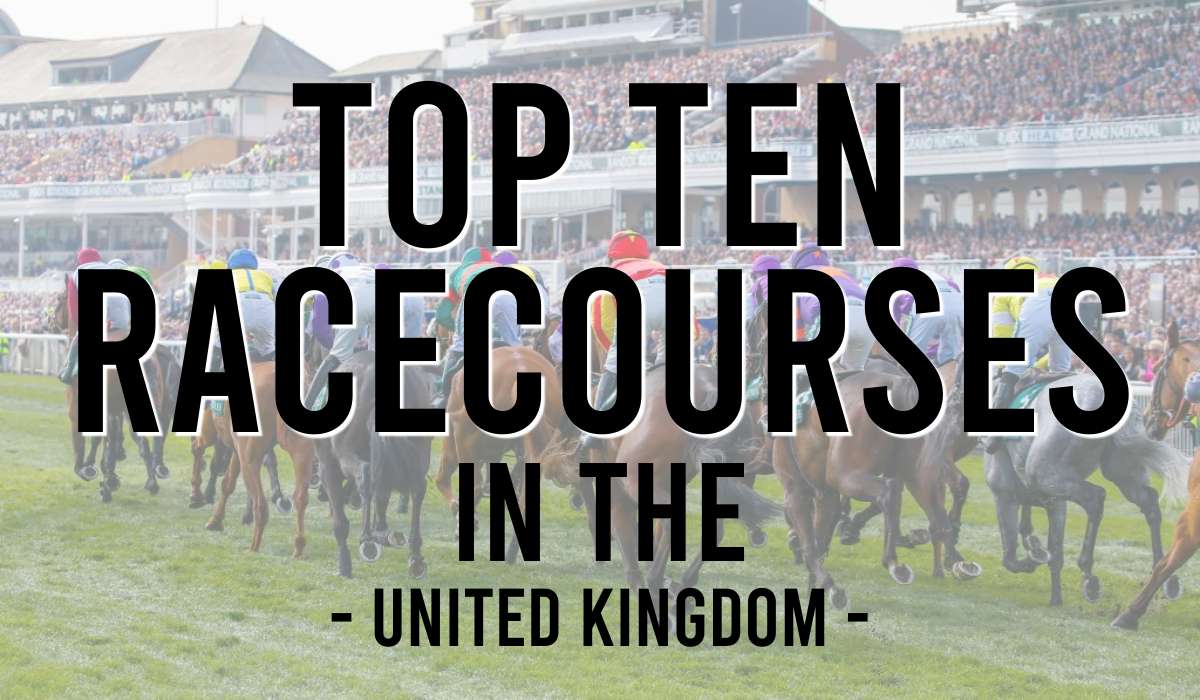
- Type of Horse Races
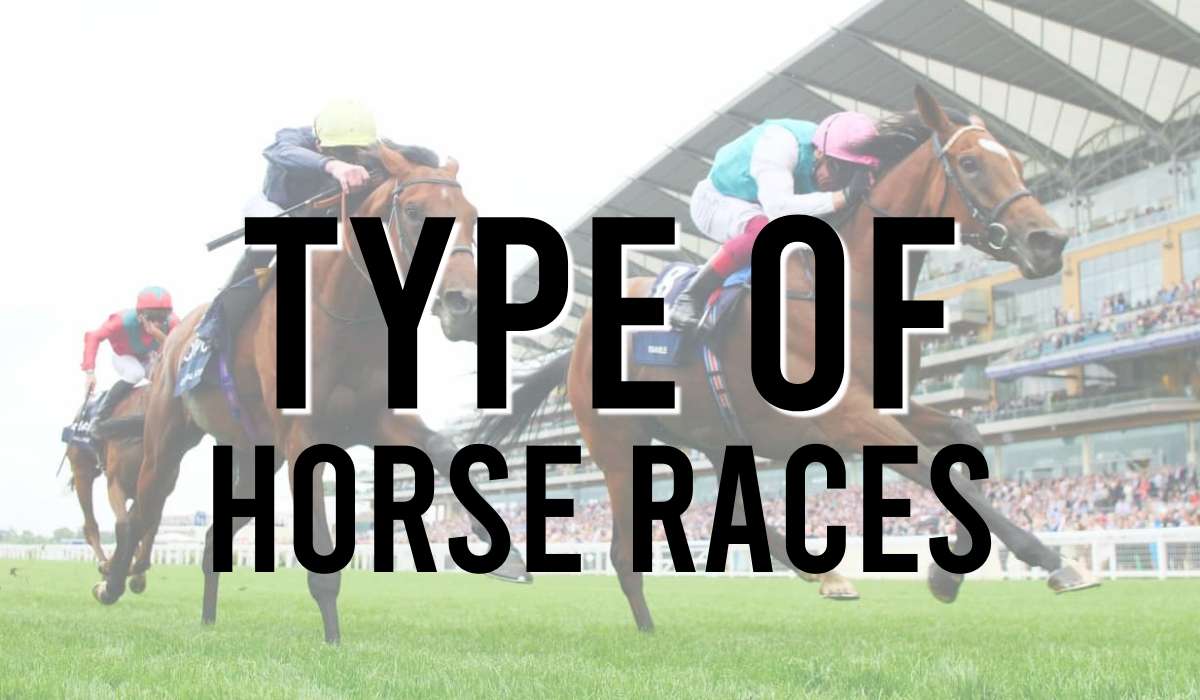
- What is a Handicap Horse Race?
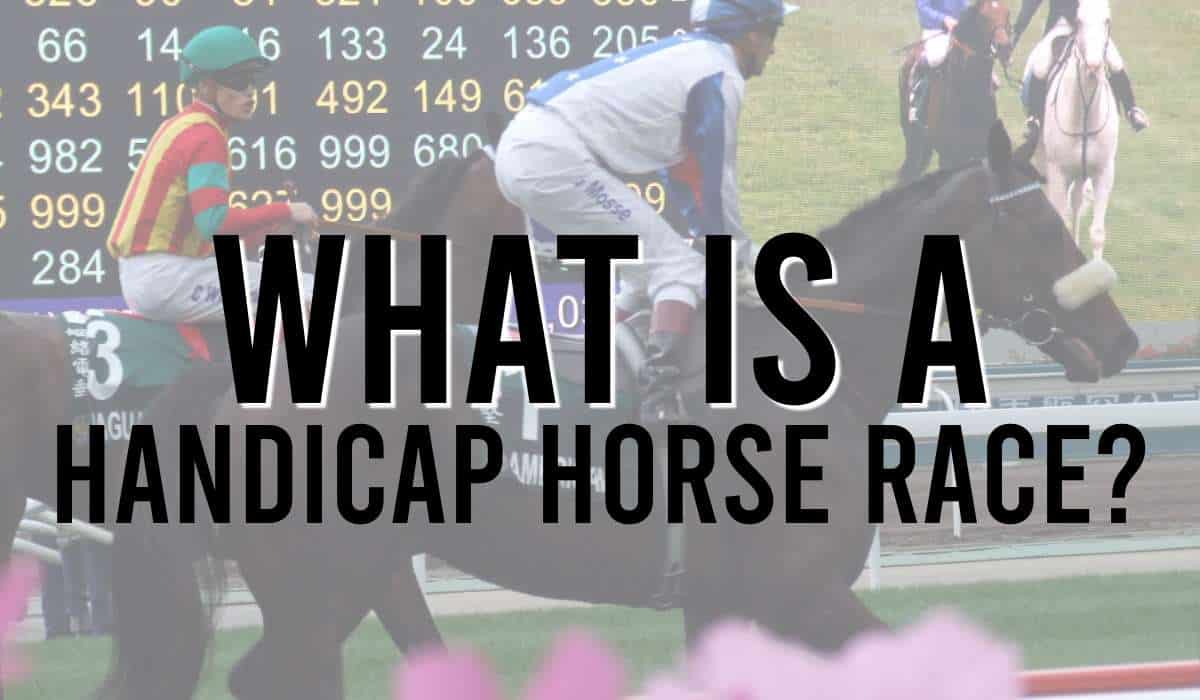
- What Is A Stewards Enquiry In Horse Racing?
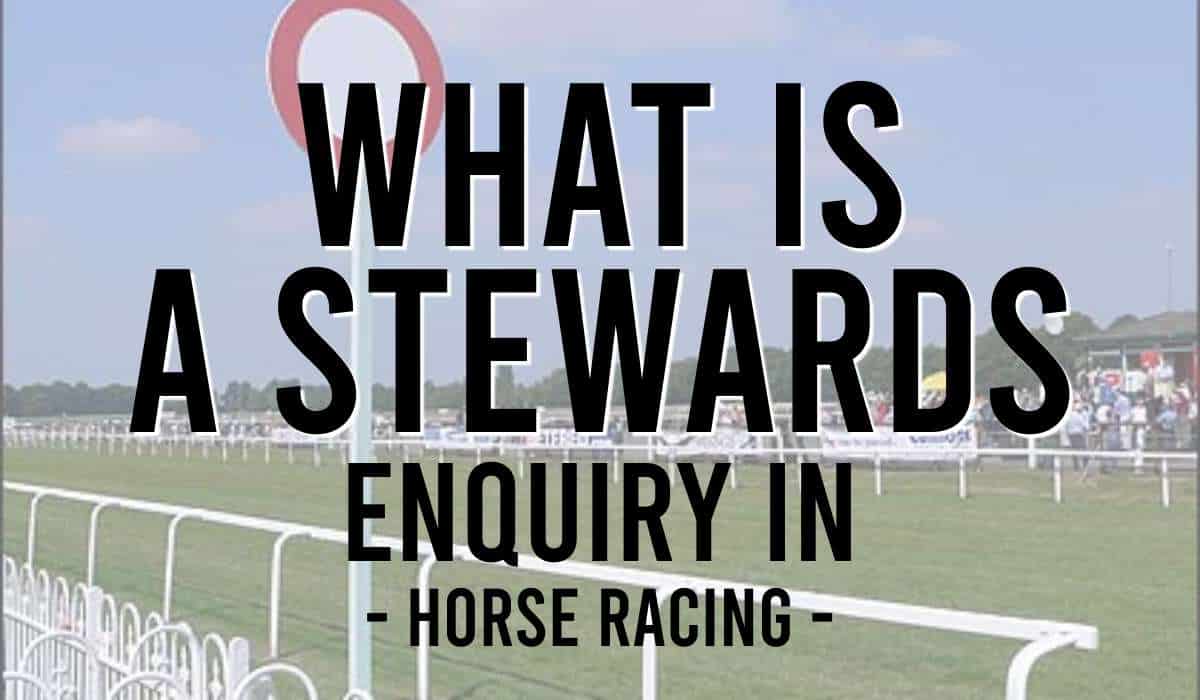
- What is the Best Post Position in Horse Racing?
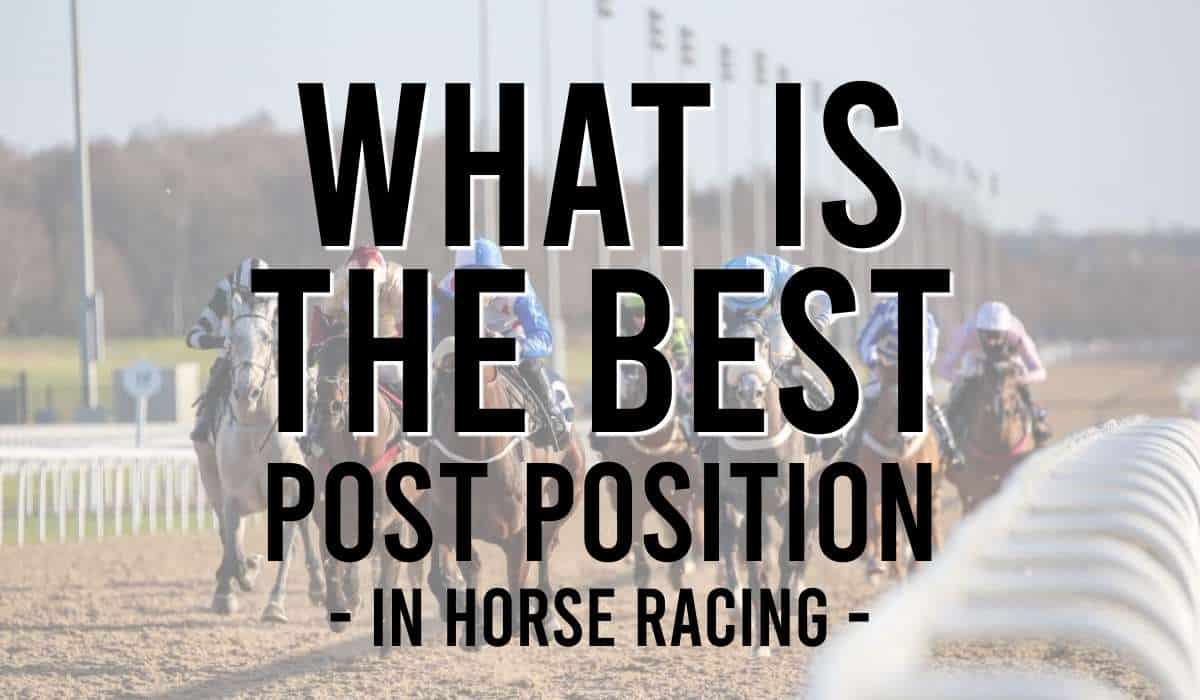
- What To Wear At The Races
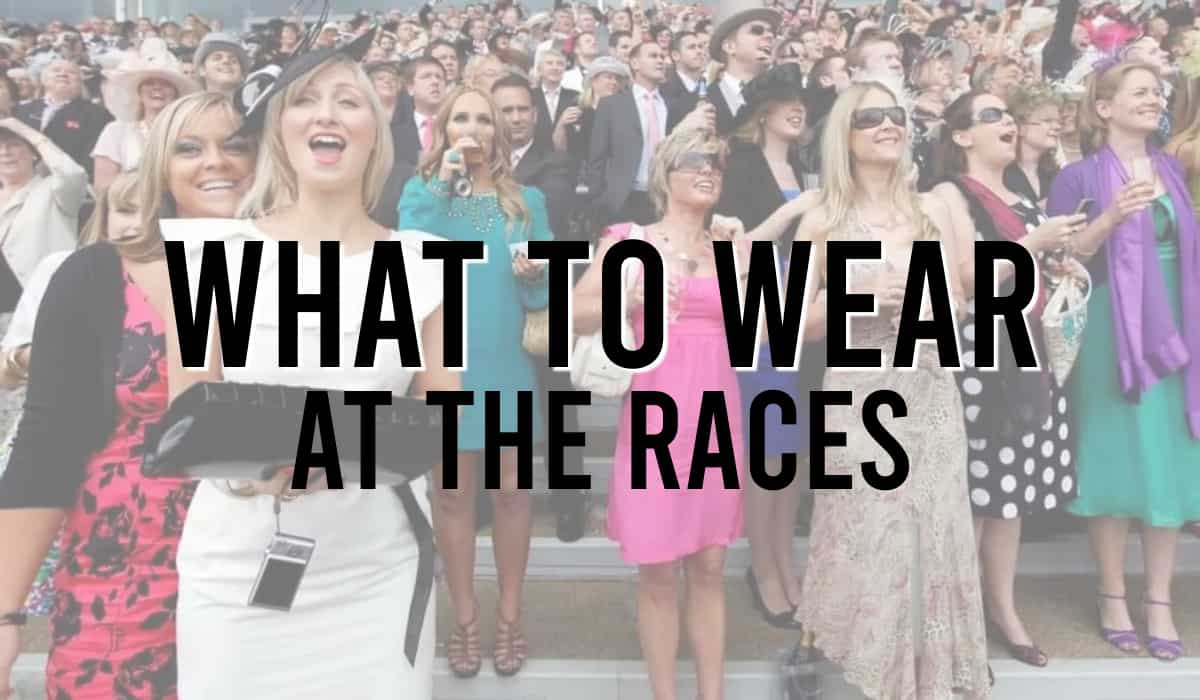
- Winning Distances In Horse Racing
